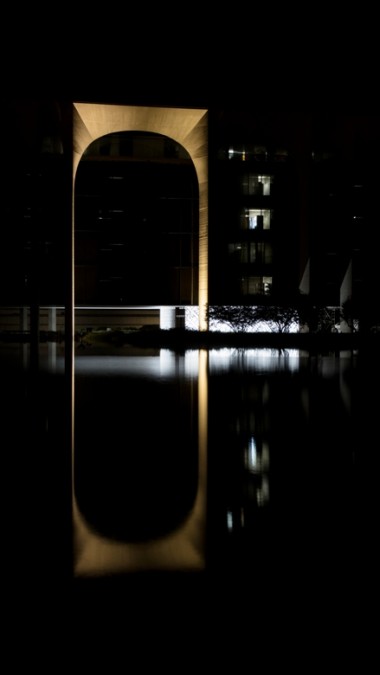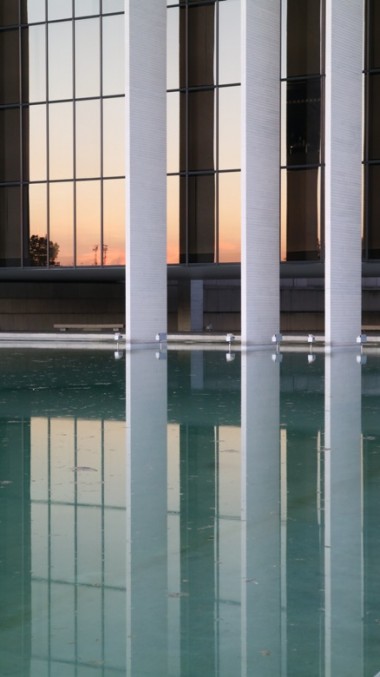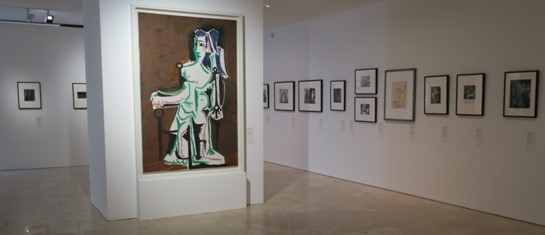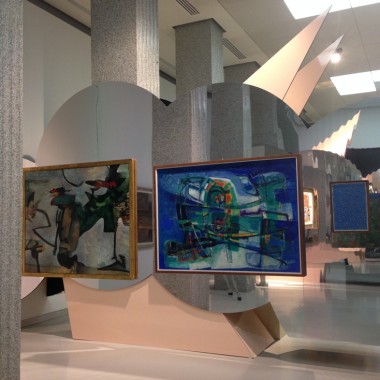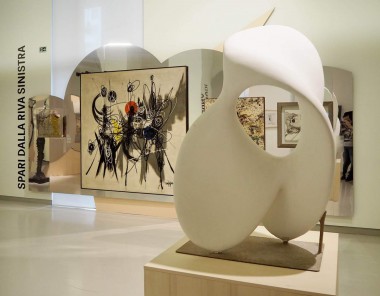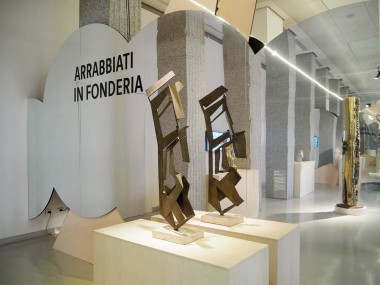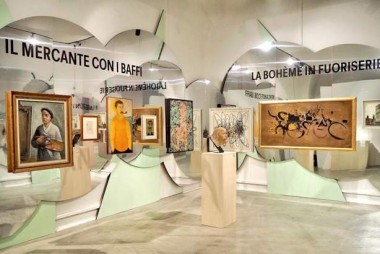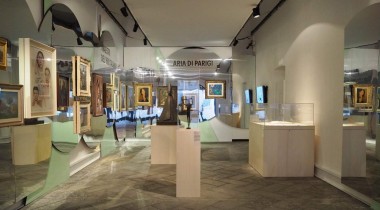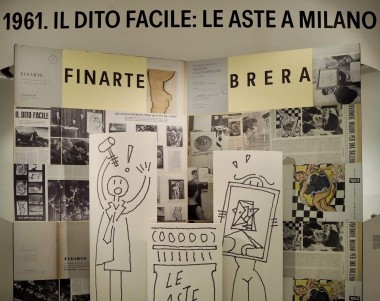Palazzo Niemeyer: a new permanent illumination marks Mondadori’s 110th anniversary
- Artistic restoration by Mario Nanni
- This evening a preview for the staff and collaborators of the Mondadori Group with the poetry of light Sospeso, leggero ma non troppo
- Francesco Dal Co presents the new edition of the book Oscar Niemeyer. Il Palazzo Mondadori
- Artistic restoration by Mario Nanni
- This evening a preview for the staff and collaborators of the Mondadori Group with the poetry of light Sospeso, leggero ma non troppo
- Francesco Dal Co presents the new edition of the book Oscar Niemeyer. Il Palazzo Mondadori
The Mondadori Group has chosen the summer solstice to inaugurate the permanent artistic restoration of the illumination of Palazzo Mondadori, the building designed by Oscar Niemeyer.
An important renovation project on an iconic example of contemporary architecture, at both the national and international level, with which the Mondadori Group wants to celebrate 100 years of history.
“In recent years, the Mondadori Group has changed, embarking on a new solidity with new prospects, by focusing on the “fundamentals”, the activities related to the publishing of books and magazines, in both traditional and digital forms. And I like to seen an analogy in this capacity to innovate, without forgetting our roots, with the building that Niemeyer designed for Mondadori,” underlined Ernesto Mauri, chief executive of the Mondadori Group, “and that everyday surprises us by its visionary modernity, comprised of solid and traditional architectural elements that are in harmony with extraordinarily creative forms; an architecture that is new each time we look at it, but is, at the same time, history, and, with this new feature, increasingly the future.”
THE NEW PERMANENT ILLUMINATION
The building, which is owned by Gruppo Generali and has been the headquarters of the Mondadori Group since 1975, was built according to three fundamental Vitruvian principles as a way of providing large working spaces for a business that is a symbol of Italian excellence, Mondadori (utilitas or utility): a building constructed on water and on the earth, with strong and solid pillars (firmitas or durability) with a suspended body for the work areas; and, above all, a building with the capacity to express a beauty that aspires to the sublime (venustas or beauty and delight).
Thanks to the permanent illumination designed by the master of light Mario Nanni, the Palazzo Mondadori will be seen in a new light, an intense narrative able to express the life of the building and the structure of its arches.
Mario Nanni has designed a total work that brings together light, cinema, music and publishing; a work dedicated to the daytime and the night-time, for a day-to-day homage to life, thought and beauty. A work for both those who work in the building and those who will see it only from a distance: a work for everyone.
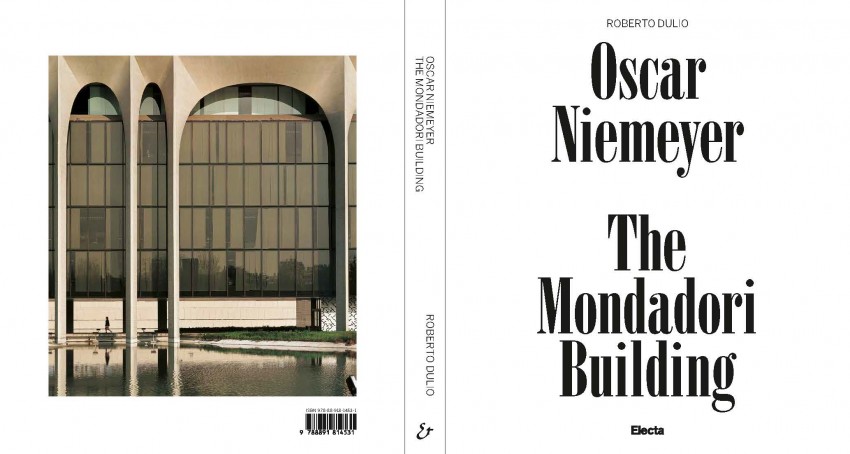
THE BOOK IL PALAZZO MONDADORI
Mondadori’s 110th anniversary and the realisation of the permanent artistic restoration of the illumination of Palazzo Mondadori, also offer the perfect occasion to present – with the words of Professor Francesco Dal Co, editor of CASABELLA – a new edition of the book Oscar Niemeyer. Il Palazzo Mondadori, by Roberto Dulio (Electa).
The book, which has been completely re-designed since the first 2007 edition, published to mark Mondadori’s 100th anniversary, retraces the story of the conception and construction of the company’s headquarters between 1968 and 1975: a precise and accurate study that aims to reconstruct the commissioning of the building to the Brazilian architect who went on to place it within a broader cultural context.
«The Palazzo Mondadori is the son of Itamaraty, the Foreign Ministry building completed by Niemeyer in Brasilia in 1964, and much admired by Giorgio Mondadori. The light of the arches of Itamaraty is the same; whereas in the Palazzo Mondadori it varies: a monument in one, a “symphony” in the other, commented Professor Francesco Dal Co, editor of Casabella. Moreover, in the Palazzo Mondadori the floors hang to the cover and float on empty space. But if Niemeyer completed in Milan an exploit that he had only touched upon in Brasilia, this is also due to the companies that produced the special materials used in its construction and the Italian engineers that calculated the static.»
Oscar Niemeyer. Il Palazzo Mondadori includes documents, original and unseen sketches by Niemeyer, plans, photographs of the site and the completed building, as well as a photographic campaign by Gabriele Basilico and a more recent one by Roland Halbe, made after the restoration of the building, that make it possible to retrace the various steps that led to the realisation of the building in a philological, visually enthralling and engaging manner, not only for fans of contemporary architecture, but also for normal readers.
THE INAUGURATION
The new lighting project for Palazzo Mondadori will be presented this evening after sunset with “Sospeso, leggero ma non troppo”, a poem of light dedicated to all those, staff and collaborators, who work everyday inside this iconic construction.
A story in light and music that will transform Palazzo Mondadori into a canvas on which the illumination will depict the passage of time and offering a new interpretation of its architecture in the night-time. To ensure that real architecture enthusiasts – and others, too – won’t miss the show, the event will be broadcast live this evening on the Mondadori Group’s Facebook page.
«Faced with a monumental building, made of imposing material and with an historical existence, necessarily requires study, respect and listening to the place. A syncretic intervention of high symbolic value which, comprising architecture and landscape, solar phases and chronobiology, brings you up against the infinite rules of natural light through a background that generates light and shadow, that celebrates the beauty of the complex, even after sunset, and making it eternal,» said Mario Nanni.
The twenty-three pillars of the facade will be matched by as many minutes, plus one, the twenty-fourth vertical element that completes the rhythmic composition of the building. The meridian light will caress the building like the page of a book, in a composition that brings together different and complementary knowledge, reaching out beyond time, paying homage to the beauty of the Palazzo Mondadori.
The dialogue between architecture, light, water and fire will last for a total of thirty minutes: twenty-four minutes of poetry, followed by a pause of six minutes, during which the light will stay on to enhance the architecture as a whole, in the magic of the night.
«The choice of the summer solstice to inaugurate my work of light is because it is a special night,” – explains Mario Nanni – “indeed, it is the shortest night of the year, in which we enter the sign of Cancer, whose constellation, during the presentation of the project, will become a great fire that will illuminate the night, with a unique and unrepeatable image of the building,» Nanni concludes.
